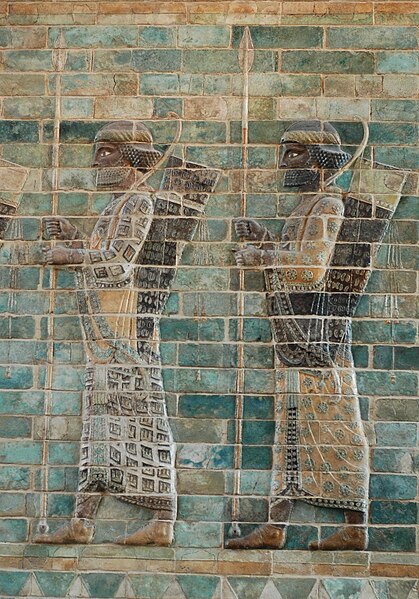The Ahrensburg culture or Ahrensburgian was a late Upper Paleolithic nomadic hunter culture in north-central Europe during the Younger Dryas, the last spell of cold at the end of the Weichsel glaciation resulting in deforestation and the formation of a tundra with bushy arctic white birch and rowan. The most important prey was the wild reindeer. The earliest definite finds of arrow and bow date to this culture, though these weapons might have been invented earlier. The Ahrensburgian was preceded by the Hamburg and Federmesser cultures and superseded by the Maglemosian and Swiderian cultures. Ahrensburgian finds were made in southern and western Scandinavia, the North German plain and western Poland. The Ahrensburgian area also included vast stretches of land now at the bottom of the North and Baltic Sea, since during the Younger Dryas the coastline took a much more northern course than today.
Ahrensburg culture
Archery, or the use of bow and arrows, was probably developed in Africa by the later Middle Stone Age. It is documented as part of warfare and hunting from the classical period until the end of the 19th century, when it was made obsolete by the invention and spread of repeating firearms.
Longbowmen archers of the Middle Ages.
Archers with recurve bows and short spears, detail from the archers' frieze in Palace of Darius I in Susa. Siliceous glazed bricks, c. 510 BC.
Ta-Seti (uppermost) at the "White Chapel" in Karnak.
Archer wearing feather headdress. Alabaster. From Nineveh, Iraq. Reign of Ashurbanipal II, 668–627 BC. The Burrell Collection, Glasgow, UK.





